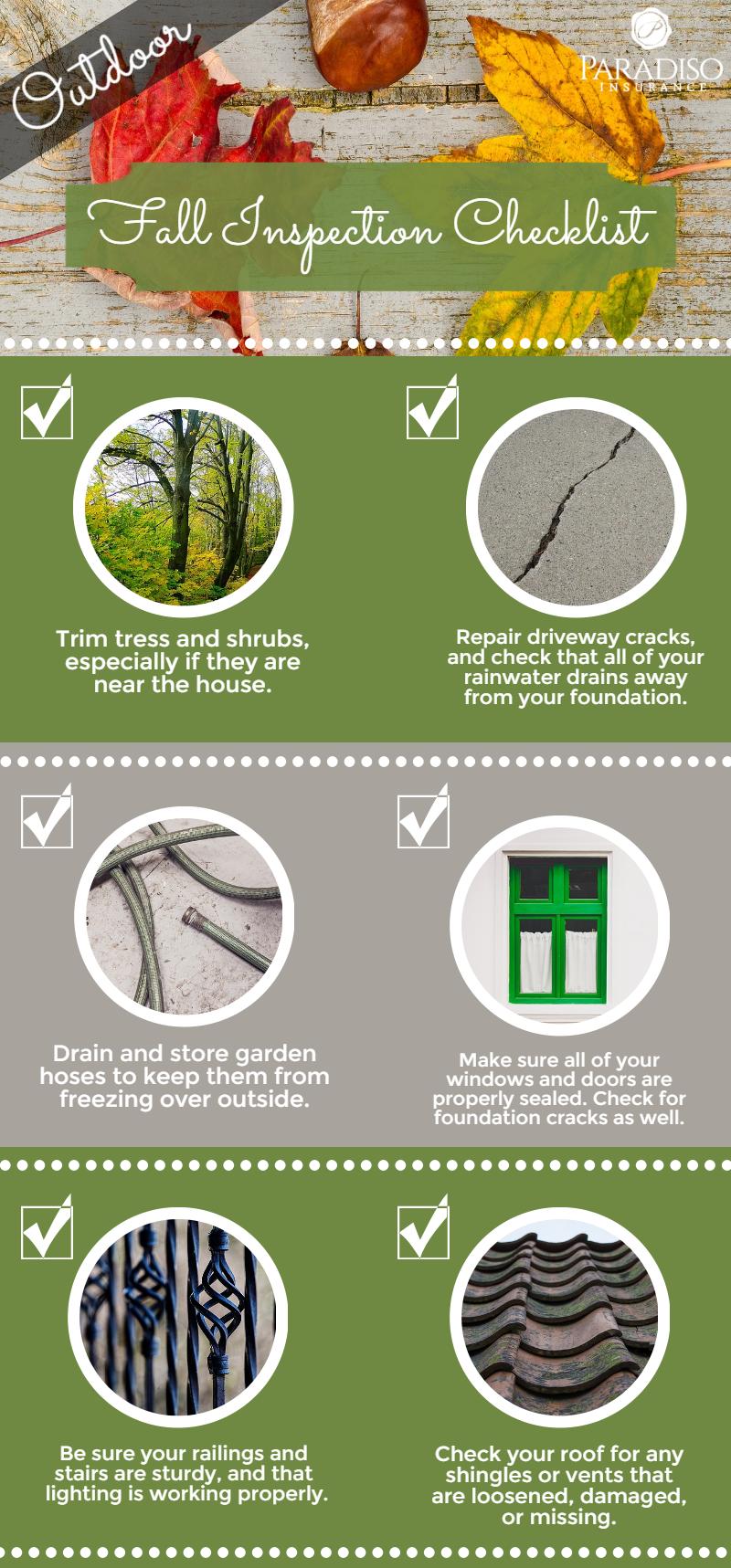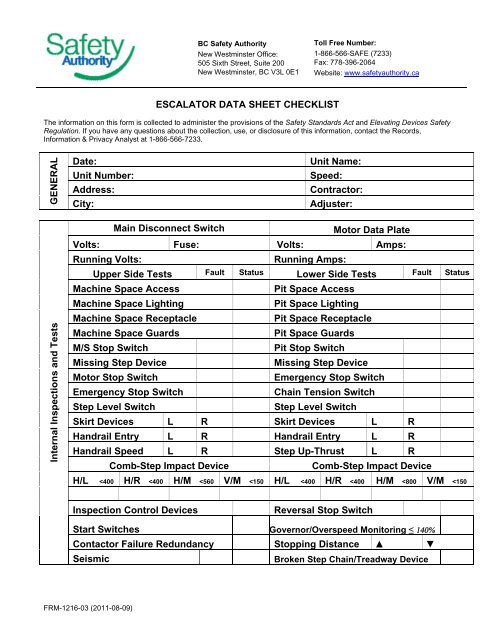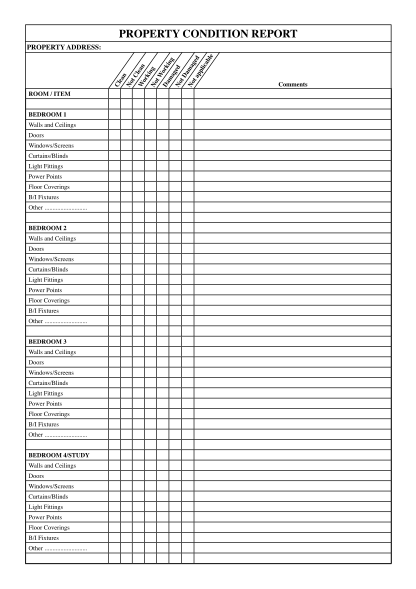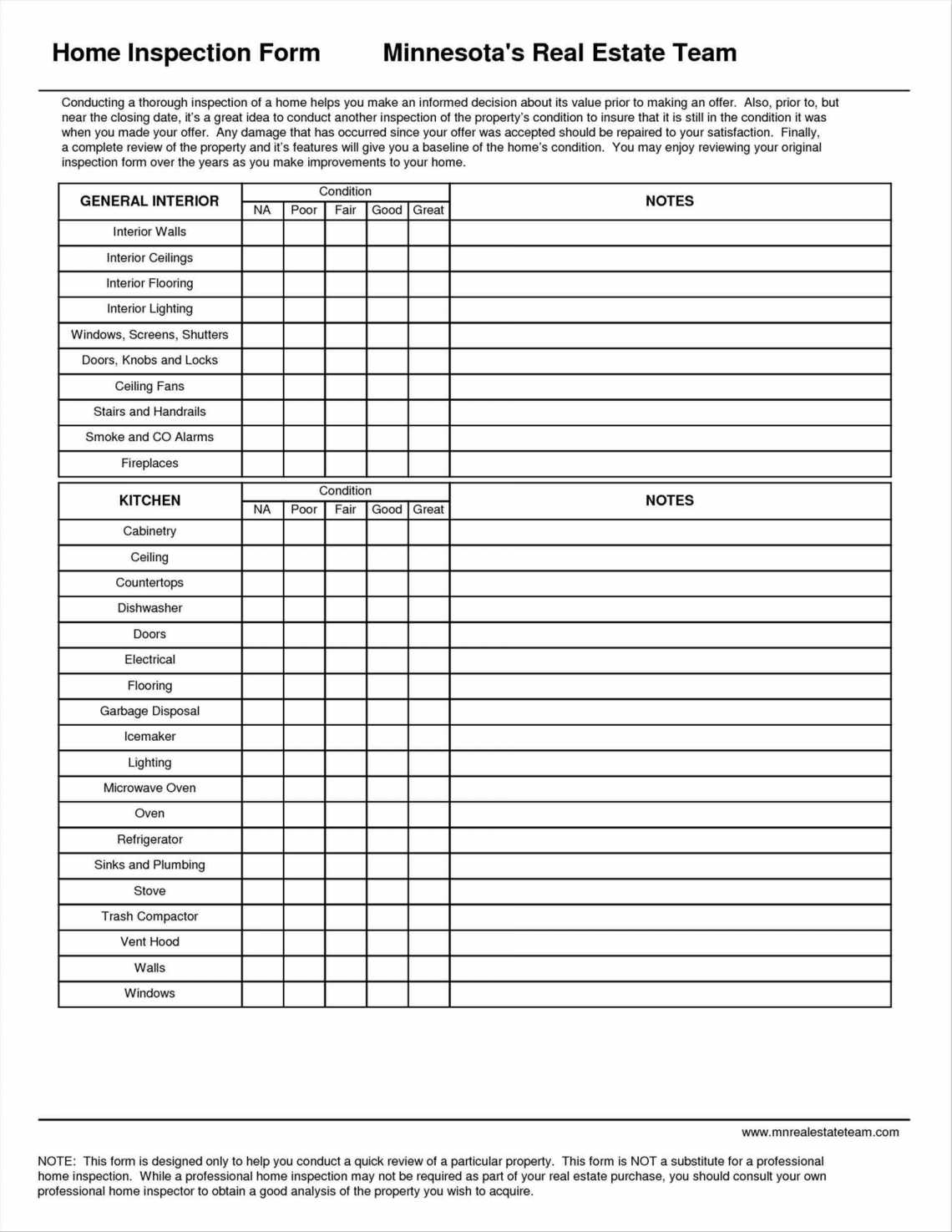Table of Content
After the inspection is concluded, all observations, information, and data are put together into an extensive report that includes summaries, checklists, notes, and photographs. This is a document that contains an educated assessment of the overall lifespan of all major systems and equipment, it also contains various recommendations for replacements and repairs. Given that there is no such thing as a surprise insurance home inspection, if you’ve done your prep right, you’re pretty much aware of what might be inside this document.

This can also improve your home’s insulation and lower your energy bill. Having a checklist for a homeowners inspection will help you better prepare and get the best results for claim. Nupur Gambhir is a content editor and licensed life, health, and disability insurance expert. She has extensive experience bringing brands to life and has built award-nominated campaigns for travel and tech. Her insurance expertise has been featured in Bloomberg News, Forbes Advisor, CNET, Fortune, Slate, Real Simple, Lifehacker, The Financial Gym, and the end-of-life planning service. The inspector will evaluate all components of the plumbing system, including pipes, drains, water heaters, sump pumps, and sewer lines.
Types of Home Inspections:
The inspector identifies issues ranging from minor cosmetic defects to significant material defects that affect the home’s value—or even make it unsafe to live in. Essentially, a home inspection gives you, the buyer, a heads-up about what may need immediate or eventual repairs. If your home fails an inspection, you can do one of three things. You can either request permission to make necessary repairs in order to maintain or renew your insurance policy; dispute the report’s findings ; or find a new insurance provider.
Simply put, it’s an analysis of the property’s weather-withstanding features. This type of assessment informs the insurance company of the general stability and sturdiness of a home in case of strong winds or storms. The features examined here can range from roofs to doors and window coverings. This type of home inspection for insurance is commonplace in coastal areas of the Southeastern United States.
HVAC condenser outside the home
Sometimes you’ll see where a floor joist has been cut to make room around plumbing pipes. If the refrigerator is running, check to ensure the doors open with ease. If the temperature is above 65 degrees, operate in cooling mode only. Suppose the temperature is below 65 degrees, operate in heating mode only. Use your hand to feel if the air is hot or cold, depending on its mode.

For more detailed reading, you can use an infrared thermometer. Most home inspectors will walk on a roof surface, provided it is safe. See our articleHow Home Inspectors Examine Roofs – Methods & Safety Concerns.
What is an Insurance Inspection Form?
Please review the terms of use and privacy policy of the third party site if you have specific questions regarding their collection, use and storage of your personal information. Tank-style water heaters usually have a lifespan of 10 to 14 years, whereas tankless water heaters may last about 19 years. A home self inspection is a quick and easy alternative to bringing an inspector out to your property.

Insurance companies also inspect properties as a proactive approach to preventing the chance of increased risks of claims and reducing company losses. Remember that home insurance inspection companies are looking for major issues, not superficial ones. Inspections also provide a detailed assessment to prevent guesswork in their estimates.
Consider cleaning your HVAC system and testing it to make sure it’s working properly. Check your home’s fire extinguisher to make sure it’s operational. Check your smoke detectors and carbon monoxide detectors to make sure they’re working properly.

Tidy the attic, the basement, the crawl spaces, and any other cluttered areas to give the inspector easy access. When a home inspection uncovers a problem, the buyer may consider asking the seller to address it or lower the purchase price. If a significant issue is found, such as extensive termite damage, the buyer may back out of the deal within a certain time frame without paying a penalty. At Insure.com, we are committed to providing honest and reliable information so that you can make the best financial decisions for you and your family. All of our content is written and reviewed by industry professionals and insurance experts. We maintain strict editorial independence from insurance companies to maintain our editorial integrity, so our recommendations are unbiased and are based on a comprehensive list of criteria.
Structural damages take some time to manifest and are mostly hidden, so be prepared to have your inspector crawl into the smallest and hidden spaces within your home. Any damage on the foundation, termite infestation or faulty construction is a major concern that you should address promptly. Your failure to do so may result in the cancellation of your policy. A home inspection is an examination of the condition and safety of a real estate property. Check your siding, doors, and windows for cracks, leaks, and signs of water damage.

While our team is comprised of personal finance pros with various areas of expertise, nothing can replace professional financial, tax, or legal advice. According to the department of housing and urban development, the average price of a home inspection falls somewhere in the range of $300 to $500. However, this rough estimate does not factor in many criteria that will affect what the final figure might be, such as age, size, location, and so on. All these impact what a home inspection for insurance purposes might end up costing. After going through the superficial/visual inspection, dive a bit deeper and get your hands dirty by looking for electrical and plumbing issues.


No comments:
Post a Comment